- Home
- Keith Douglass
Seal Team Seven 04 - Direct Action
Seal Team Seven 04 - Direct Action Read online
SEAL TEAM SEVEN DIRECT ACTION by Keith Douglass
Berkley Publishing Company New York Copyright (C) 1997 by The Berkley Publishing Group All rights reserved.
This book may not be reproduced in whole or in part, by mimeograph or any other means, without permission. For information address The Berkley Publishing Group, 200 Madison Avenue, New York, New York 10016.
ISBN 0-425-15605-2
A Berkley Book published by arrangement with the author
PRINTING HISTORY Berkley edition / January 1997
SEAL TEAM SEVEN logo illustration by Michael Racz.
Berkley Books are published by The Berkley Publishing Group, 200 Madison Avenue, New York, New York 10016.
The Putnam Berkley World Wide Web site address is http//www.berkley.com/berkley
BERKLEY and the "B" design are trademarks belonging to the Berkley Publishing Corporation.
Printed in the United States of America
If you purchased this book without a cover, you should be aware that this book is stolen property. It was reported as "unsold and destroyed" to the publisher, and neither the author nor the publisher has received any payment for this "stripped book."
Also by Keith Douglass
THE CARRIER SERIES
Carrier Viper Strike Armageddon Mode Flame-Out Maelstrom Countdown
THE SEAL TEAM SEVEN SERIES
SEAL Team Seven Specter Nucflash Direct Action
"I don't think they play at all fairly," Alice began in a rather complaining tone, "and they don't seem to have any rules in particular; at least, if there are, nobody attends to them--and you've no idea how confusing it is ..." -Lewis Carroll, Alice in Wonderland
1
Friday, August 18
0205 hours The Red Sea harbor of Port Sudan Islamic Republic of the Sudan
When Lieutenant Blake Murdock made up his mind to be a Navy SEAL, back when he was a midshipman at the U.S. Naval Academy, he knew he'd be spending a lot of time in the ocean. But it never occurred to him that he'd ever have to swim through raw sewage. Unfortunately, the cold hard reality was that the world's ports and harbors were prime SEAL hunting grounds, and in most of them waste was treated by flushing it into the ocean.
Swimming toward the entrance to the harbor of Port Sudan, Murdock put the thought of whatever he might be sharing the water with right out of his mind. It was the only way; you just made sure all your immunizations were up to date. And with each kick of his fins Murdock was keenly aware of the gamma globulin shot that felt like a golf ball wedged in his right ass cheek.
Being a SEAL was living proof that you could get used to anything. If you couldn't, you never made it out of the Basic Underwater Demolition/SEAL course, or BUD/S for short. If you looked like the fastidious type, the instructors found a nice big pile of dog shit for you to roll around in during morning PT, and allowed you to wear it on your fatigues for the rest of the day. You didn't have to like it, they would explain, never kindly; you just had to do it. If not, you could always quit.
Yes, BUD/S was a sure cure for whatever fears had a hold of you. Like anyone with a fair imagination, it would have been understandable for Murdock to be a little nervous about the fact that the reefs of the Red Sea teemed with large numbers of some of the most aggressive shark species in the world, and that they liked to feed at night. But during BUD/S, one leg of a five-mile night surface swim had taken him right through a barking and splashing rookery of real seals--the buffet table of the great white shark. After that he didn't waste any more time thinking about sharks, especially ones he couldn't see.
And Murdock had his hands full just doing his job. He was swimming fifteen feet below the surface of the water, concentrating on the attack board he held before him. The attack board was how SEALs found their way through the seas a piece of molded plastic with two hand grips, mounting a large bubble compass in the center with a digital combination depth gauge/watch above it. Although all the instruments were luminous, sometimes the nighttime darkness of the sea swallowed their faint light, so the board also had a tubular plastic holder for a Cyalume chemical light stick. Twisting a knob opened a lengthwise slit in the holder, allowing Murdock to regulate the amount of light that was cast onto the board.
Murdock had been following a compass bearing and keeping the time, since he knew exactly how long it took him to swim a hundred meters. Tied to him by a six-foot-long buddy line was Electrician's Mate Second Class William Higgins, the squad radio operator, known as the Professor to the rest of the 3rd Platoon, SEAL Team Seven, because he enjoyed reading the kinds of books that had been rammed down their throats in school. Lightly grasping Murdock's elbow as he swam beside him, Higgins was counting each kick of his fins as a backup to Murdock's navigation, knowing exactly how many kicks it took them to travel a hundred meters.
Murdock and Higgins were each wearing the Enhanced Draeger LAR-V underwater breathing apparatus. It was a pure oxygen rebreather that recycled exhaled air and left no telltale trail of bubbles. The LAR-V had been in the SEAL inventory for years, but the new enhanced model had a larger oxygen bottle with thirty percent greater capacity for long swims. The Draegers were worn on their chests; their weapons were strapped across their backs.
Since the SEALs were planning on leaving the water, they swam in the new three-color desert camouflage uniform, tan and pale green with streaks of pink. Sage-green fire-resistant Nomex flight gloves protected their hands. Their swim fins were strapped over regular-issue jungle boots.
Nearing the end of one compass leg, Murdock paused to employ his last and most accurate navigation aid. It was a plastic box the size of a cellular phone a MUGR, or Miniature Underwater GPS Receiver, known to the SEALs as Mugger. He unreeled the tiny floating wire antenna and sent it off to the surface. When it got there, the set picked up signals from the closest four Global Positioning Satellites and told him within ten feet exactly where he was on the earth. The Mugger could also be programmed to navigate an entire route. All you had to do was follow the arrow on the screen. A lot of SEALs liked to use it exclusively, but Murdock only allowed 3rd Platoon to use theirs to back up their navigation. He hated the idea of trailing the antenna on the surface, even though it was nearly invisible. Besides, something might go wrong with the set. Satellites might not be in line, the batteries might go dead, anything. The Mugger provided peace of mind, and saved him from having to periodically surface and stick his face mask out of the water to check his bearings, what SEALs called making a peek.
Murdock was right where he was supposed to be, so he went back to the attack board, took up a new compass heading, gave Higgins a squeeze on the arm, and resumed the swim.
The water was pitch black. Murdock couldn't see a thing except the dim glow of the attack board. Without the steady pressure on his elbow he'd never have known Higgins was right beside him. The other fourteen SEALs of 3rd platoon, seven other swim pairs, were also in the water, but Murdock and Higgins wouldn't see any of them until they reached the target.
Murdock knew they were now inside the harbor, though there were no propeller sounds or any other indications of that. The docks and cargo handling facilities were on the coastal spit of land to his right. The harbor channel ran both left and right from the Red Sea entrance, curving around a central peninsula that was the city of Port Sudan. And that was where Murdock, Higgins, and the rest of 3rd Platoon were headed. The waterfront.
Since the military coup of June 1989, the Sudan had been ruled by a radical Islamic regime that opened its arms to every terrorist group in the region the fundamentalists trying to overthrow the Egyptian government, the Islamic militents who had learned their trade fighting the Russians in Afghanistan a
nd now worked against their home countries, Palestinian extremists opposed to any peace with Israel. Even the bombers of the World Trade Center in New York City had Sudanese links.
At Erkowit, sixty miles south of Port Sudan in the picturesque Red Sea hills, the Sudanese Government had taken over a luxury resort hotel and converted it to a terrorist training camp/rest center.
Israeli intelligence had picked up word that a four-man terrorist cell had finished training and was on its way to a bombing campaign against American targets in Europe. The cell was staying at a safe house on the Port Sudan waterfront, waiting for the merchant ship that would take it out of the country. The Israeli Mossad had passed the information on to the CIA through normal liaison.
As he started to run up against the rocky bottom of the Port Sudan waterfront, Murdock took another GPS shot with the Mugger. He and Higgins were right on the button. Murdock headed for the surface, very slowly, since the microorganisms found in all tropical waters became phosphorescent when agitated. Not that any microorganisms could have survived the Port Sudan harbor muck anyway.
Murdock broke the surface, just for an instant. The nighttime air temperature was around ninety degrees. The water smelled like shit too. The target was directly in front of him, a two-story waterfront villa that dated back to the colonial period, when the British established Port Sudan to export cotton, sorghum, and sesame. The Sudan now had friendly relations only with the other outlaw states of the world, and even though the port was the country's only import and export window to the world, international political isolation and economic mismanagement had slowed trade to a trickle.
The villa, once the showcase home of a managing director, was crumbling along with the rest of the city. It had once been white, and was now gray and peeling. The villa's address was the Sharia Kabhashi Eissa, the waterfront road. The harbor was a perfect avenue of approach for Navy SEALS, but Murdock guessed that the terrorists weren't very concerned. The West had always been reactive, moving only after a terrorist outrage occurred. Having the chance to finally do something proactive was making Murdock's palms itch.
From the water, the rocky shore of the harbor swept up to a ten-foot-high seawall and the lawn of the villa behind it. A simple stone stairway provided access from the shore to the lawn. It met an ornate stone balustrade, about three feet high, which acted like a fence between the lawn and the seawall. The balustrade tied into a seven-foot-high solid stone wall which boxed in the other three sides of the grounds.
The Israeli Mossad had prepared a target folder on the house in case their SEAL-equivalent Ha'Kommando Ha'Yami, or Naval Commandos, ever needed to make a nighttime visit. Just as well, from Murdock's point of view, since the Israelis excelled in Special Operations intelligence, and the CIA did not.
According to the folder the stone stairway from the shore to the lawn was both alarmed and booby-trapped. A Kalashnikov-armed guard patrolled the lawn and balustrade, and another guard was stationed on a second-floor balcony that overlooked the lawn. The only way to enter the house from the lawn was through an inch-thick cast-iron door, always locked. The windows were covered with iron security grates and shut tight, except for the old and overworked air conditioners that rattled away in a few of them. The grounds were well lighted. The guards were not equipped with night-vision equipment, and if they had once been good, they were now casual and sloppy after endless days of unchanging routine.
Murdock had taken all that into account in his planning. Also the fact that in the tropics people did their living in the relative cool of the evening and their sleeping during the hot times of the day. The terrorists were no exception.
"They practically never sleep," the CIA briefer had told him. "There's always a couple of them up shooting the shit or screwing around."
Murdock obviously couldn't attack in the daytime. But he could during those golden hours between 100 and 500 AM when the human brain was always at its worst.
He was going to go in fast and hard, and had picked his weapons accordingly. Normally in an enclosed-house and close-quarters battle situation such as this, the weapon of choice would be the German Heckler Koch MP-5 9mm submachine gun--in this case the MP-5SD4 with an integral sound suppressor. The model was customized for the Navy SEALS, with special stock, handgrip, safety, and tritium dots on the sights for night and low-light shooting. But the problem with the MP-5 was that the sound suppressor took a lot of velocity off the round. The effective range was less than fifty meters, and sometimes the rounds would even bounce off a car windshield. Even the non-suppressed MP-5 wasn't much good past 150 meters.
In a house that wasn't a problem, and the low-powered 9mm pistol round was ideal since it wouldn't be punching through any walls and hitting any good guys. But if things went sour, you were at a disadvantage. The SEALs of Team Six discovered this while assaulting the Governor General's mansion during the invasion of Grenada. They were quickly surrounded by enemy troops who had a great time shooting up the mansion with assault rifles and heavy machine guns. The majority of the SEALS, who were armed with MP-5's, couldn't shoot back because the enemy was too far away for their submachine guns to reach. Only continuous fire support from Air Force AC-130 Spectre gunships kept them from being overrun.
Murdock didn't have a Spectre or any other support available, so he wasn't going to make that mistake. The now-standard sixteen-man SEAL platoon could be broken down into two eight-man squads, First and Second. Each squad could be further broken down into two four-man fire teams. Murdock had armed his First Squad and one fire team of the Second, the assault element, with the short, sliding-stock carbine version of the M-16A2, the M-4A 1. An older version had been called the CAR-15 in Vietnam. And each weapon had an M203 40mm grenade launcher mounted beneath the barrel. Because he still wanted to keep things quiet, Murdock added the Knight's Armament Company M-16 sound suppressor, made expressly for the SEALS. It was a stainless-steel tube that screwed onto the flash-hider threads of all M-16-series rifles. It was just eight inches long and one and three-quarter inches in diameter, self-draining after immersion in water, and unlike other suppressors, capable of handling full automatic fire without any damage or impairment in the noise reduction. The final accessory was the AN/PAQ-4 laser aiming light which screwed underneath the M-16 carrying handle and projected a fine beam of laser light visible only through night-vision goggles.
What remained of Second Squad, commanded by Lieutenant j.g. Ed DeWitt, was the security and support element. Since they would have to weigh in with heavy firepower in the event of trouble, DeWitt and Chief Petty Officer "Kos" Kosciuszko were armed with the Heckler & Koch HK-21A1 machine gun in 7.62mm NATO. Murdock had taken advantage of his attachment to the CIA to dump his SEAL-standard M-60E3 machine guns. The latest M-60's were flimsy, and needed to be almost completely rebuilt every ten thousand rounds to maintain their reliability. The HK-21, on the other hand, in use by SEAL Team Six since Grenada, was just as light as the SEAL chopped-barrel M-60. It was the Mercedes-Benz of machine guns. AT-4 antitank rockets and claymore antipersonnel mines completed their armament. The two snipers, Quartermaster First Class Martin "Magic" Brown, and Torpedoman's Mate 2nd Class Red Nicholson, were packing some very special toys.
Each SEAL carried his equipment in a nylon mesh American Body Armor special operations vest. There were six two-magazine pouches across the chest for those armed with M-4's, and large pouches for the drum-fed belts of the machine gunners. A radio pouch in back held an encrypted Motorola MX-300 walkie-talkie in a waterproof bag, and grenade pouches were on the web belt that secured the bottom part of the vest. Everyone's backup weapon, the SIG-Sauer P-226 9mm pistol, rested in a strap-down nylon thigh holster.
They wore no body armor, no matter how much anyone would have liked it. You can't swim in body armor.
Murdock and Higgins moved closer to the shore, and soon the water around them was filled with SEAL swim pairs, brought to that exact point by their Mugger GPS sets. They linked up with Murdock and then spread ou
t in a line facing the villa.
Finally the last pair checked in, and Murdock's gut relaxed slightly. Any pair that couldn't make it to the target by the designated cutoff time was supposed to head back out to sea for pickup. Murdock was glad it hadn't been necessary. It was a complication his central nervous system didn't need.
Murdock gave a signal down the line. While still breathing from the Draeger, he and everyone else unstrapped their units, weight belts, and swim fins. If things didn't go right from the start, they'd have to move very quickly. He checked his dive watch. Murdock had a firm rule against attacking on the hour. A few more minutes and they'd go.
2
Friday, August 18
0308 hours Port Sudan
Murdock signaled the man next to him. Magic Brown, the platoon's best sniper, crabbed forward until he was almost out of the water. Brown slowly and carefully opened the bolt of his McMillan M89 sniper rifle to allow the water to drain from the barrel and chamber. The M89 was a purpose-built silent sniping rifle, 7.62mm NATO, with a shortened barrel and a fixed, factory-mounted sound suppressor. Firing subsonic ammunition, it was good for a head shot at 150 yards, which was the state of the art for a suppressed sniping rifle. It was about as loud as a Daisy BB gun.
Brown brought the weapon up into a good sitting position, with his elbows braced against his knees. He peered through the Litton M921 3-power starlight scope mounted on the weapon. Another good SEAL piece of gear. With a body made of hard Teflon, it was the only electronic night-vision sight in the world designed to be completely immersible in seawater to a depth of fifty meters.
Murdock was watching through his own Litton waterproof single-tube night-vision goggle. The small single eyepiece covering only his right eye solved the main problem of night-vision goggles. If you were wearing NVGs and had to take them off for any reason, your night vision was gone for up to half an hour. And if a flare or light went off in front of you while wearing them, you were temporarily blinded by the flash of magnified light. But with one NVG tube on your shooting eye and the other eye clear, you were good to go in any situation.

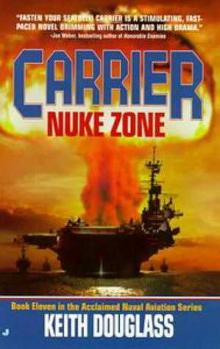 Nuke Zone c-11
Nuke Zone c-11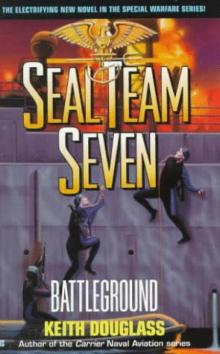 Seal Team Seven 6 - Battleground
Seal Team Seven 6 - Battleground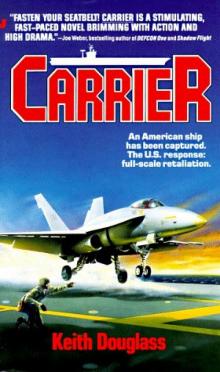 Carrier c-1
Carrier c-1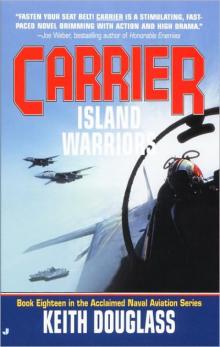 Island Warriors c-18
Island Warriors c-18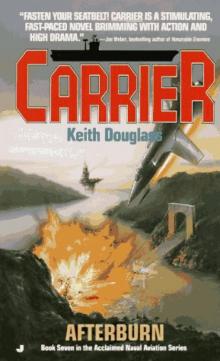 Afterburn c-7
Afterburn c-7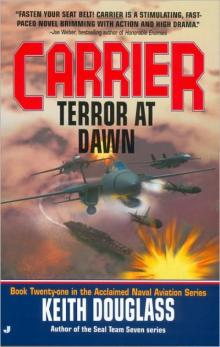 Terror At Dawn c-21
Terror At Dawn c-21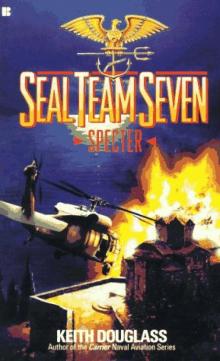 Specter sts-2
Specter sts-2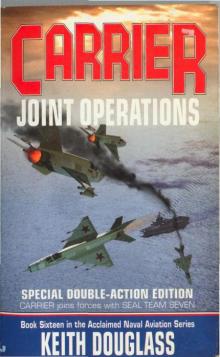 Joint Operations c-16
Joint Operations c-16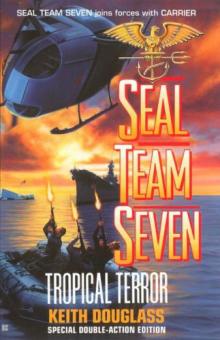 Tropical Terror sts-12
Tropical Terror sts-12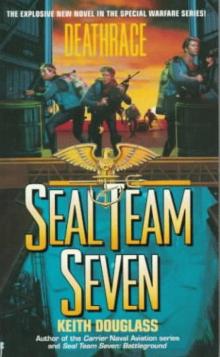 Seal Team Seven 7 - Deathrace
Seal Team Seven 7 - Deathrace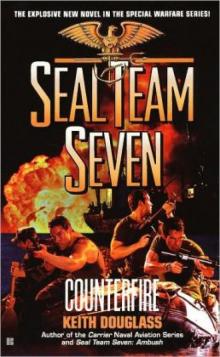 Counterfire sts-16
Counterfire sts-16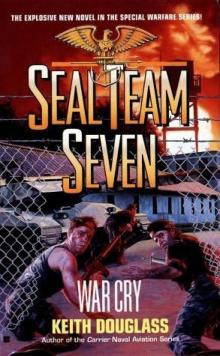 War Cry sts-9
War Cry sts-9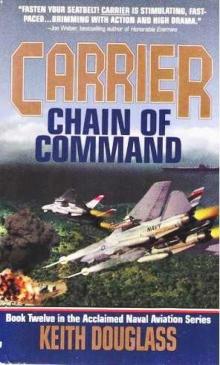 Chain of Command c-12
Chain of Command c-12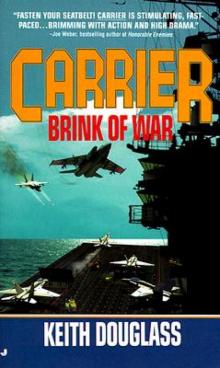 Brink of War c-13
Brink of War c-13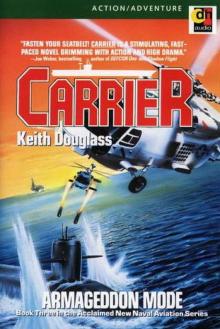 Armageddon Mode c-3
Armageddon Mode c-3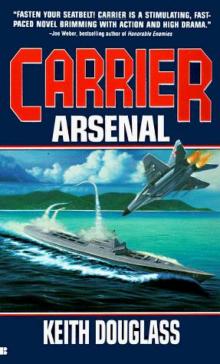 Arsenal c-10
Arsenal c-10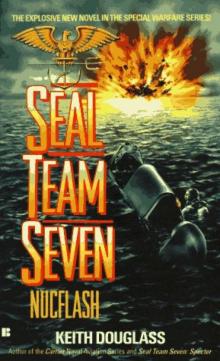 Nucflash sts-3
Nucflash sts-3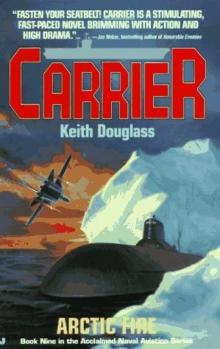 Arctic Fire c-9
Arctic Fire c-9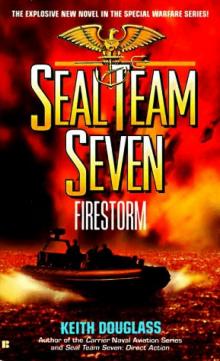 Firestorm sts-5
Firestorm sts-5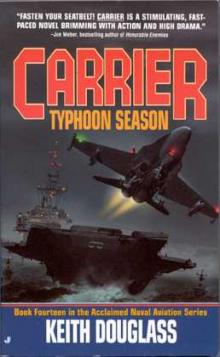 Typhoon Season c-14
Typhoon Season c-14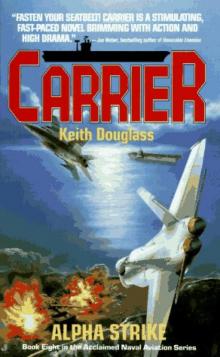 Alpha Strike c-8
Alpha Strike c-8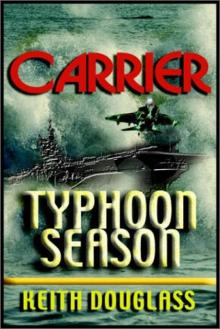 Carrier 14 - TYPHOON SEASON
Carrier 14 - TYPHOON SEASON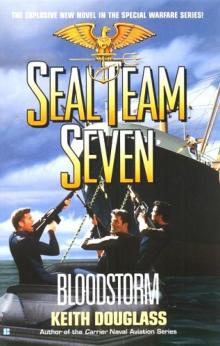 Bloodstorm sts-13
Bloodstorm sts-13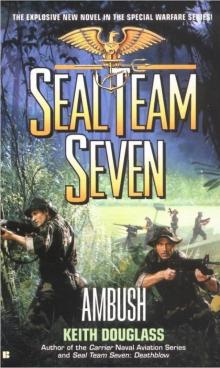 Ambush sts-15
Ambush sts-15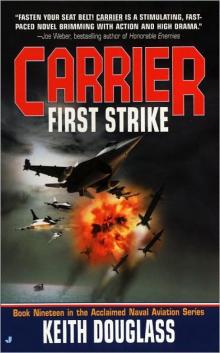 First Strike c-19
First Strike c-19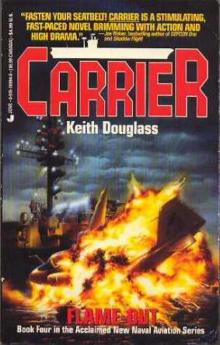 Flame Out c-4
Flame Out c-4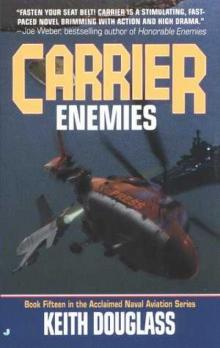 Enemies c-15
Enemies c-15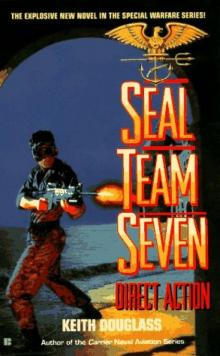 Seal Team Seven 04 - Direct Action
Seal Team Seven 04 - Direct Action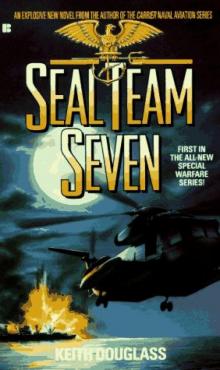 Seal Team Seven 01 - Seal Team Seven
Seal Team Seven 01 - Seal Team Seven Payback sts-17
Payback sts-17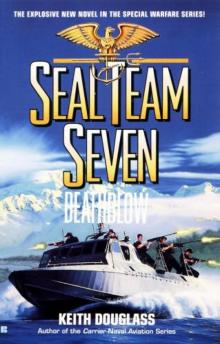 Death Blow sts-14
Death Blow sts-14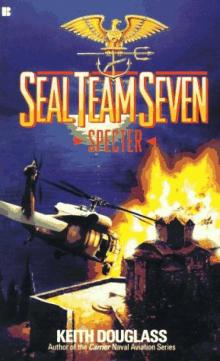 Seal Team Seven 02 - Spector
Seal Team Seven 02 - Spector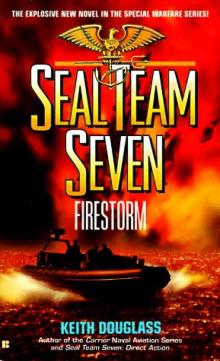 Seal Team Seven 5 - Firestorm
Seal Team Seven 5 - Firestorm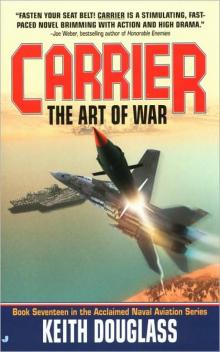 The Art of War c-17
The Art of War c-17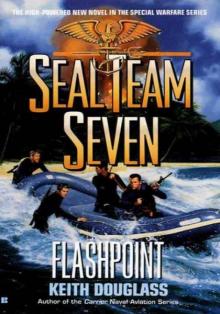 Flashpoint sts-11
Flashpoint sts-11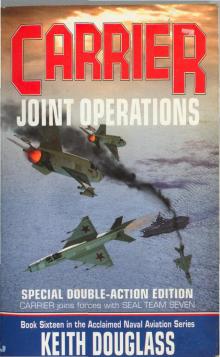 Carrier - Joint Operation Book 16
Carrier - Joint Operation Book 16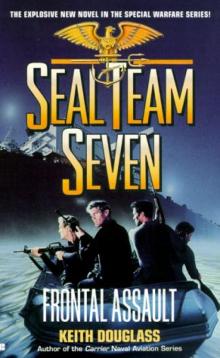 Frontal Assault sts-10
Frontal Assault sts-10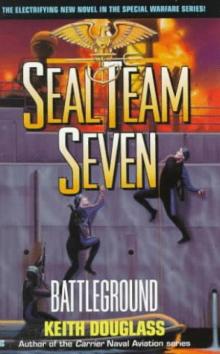 Battleground sts-6
Battleground sts-6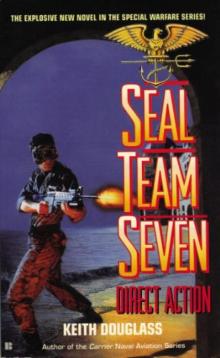 Direct Action sts-4
Direct Action sts-4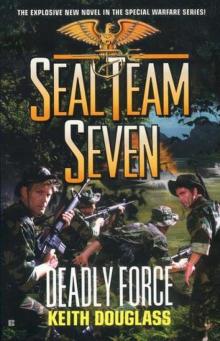 Deadly Force sts-18
Deadly Force sts-18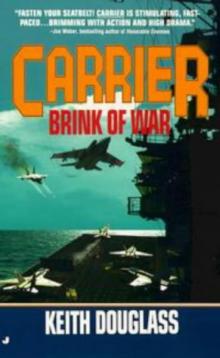 Carrier 13 - Brink of War
Carrier 13 - Brink of War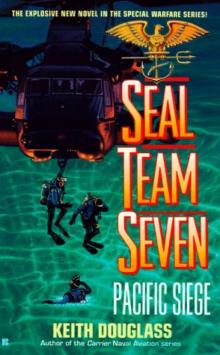 Pacific Siege sts-8
Pacific Siege sts-8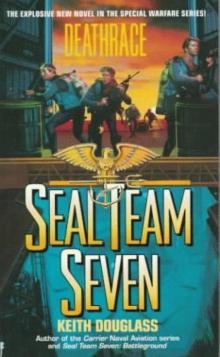 Deathrace sts-7
Deathrace sts-7